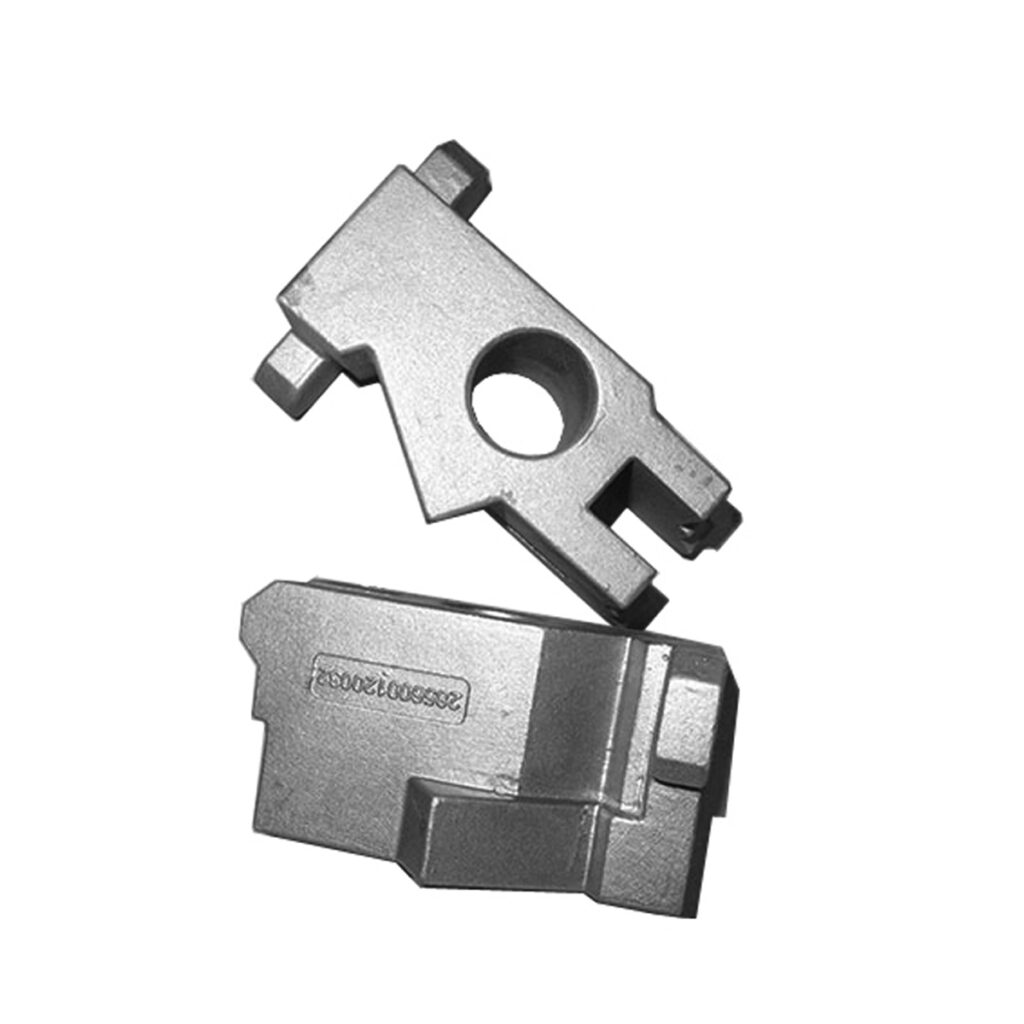Introduction
Cobalt-chromium alloys have become the material of choice for orthopedic implants and dental prosthetics due to their exceptional biocompatibility, wear resistance, and mechanical properties. However, achieving consistent quality in medical CoCr castings demands meticulous control across every manufacturing step. As an ISO 13485-certified supplier to leading medical device companies, we’ve established 13 critical control points that ensure every component meets the stringent requirements of FDA and EU MDR regulations.
1. Raw Material Certification and Traceability
Control Point 1: Material Sourcing and Verification
- Requirements: ASTM F75-compliant virgin materials only
- Verification: OES analysis for each incoming batch
- Documentation: Certificates must include melt history and traceability codes
Key Parameters:
| Element | ASTM F75 Range | Our Control Limits |
|---|---|---|
| Cobalt | Balance | Balance |
| Chromium | 27-30% | 28-29.5% |
| Molybdenum | 5-7% | 5.5-6.5% |
| Carbon | 0.35% max | 0.25-0.30% |
| Nickel | 0.50% max | 0.10% max |
Case Example:
Rejected 200kg batch due to nickel content of 0.55% (above 0.50% ASTM limit)
2. Vacuum Melting Process Control
Control Point 2: Melting Atmosphere and Temperature
- Equipment: Vacuum induction melting furnace
- Parameters: 10⁻³ mbar vacuum, 1450-1500℃ melt temperature
- Monitoring: Continuous temperature and pressure recording
Control Point 3: Pouring Control
- Temperature: 1420±10℃ pouring temperature
- Speed: Controlled pour rate to prevent turbulence
- Mold Preheating: 950-1000℃ to ensure proper filling
3. Mold Preparation and Quality
Control Point 4: Ceramic Shell System
- Material: Zircon-based primary slurry
- Thickness: 8-12 layers, 6-8mm total thickness
- Curing: Controlled humidity and temperature environment
Control Point 5: Mold Preheating
- Temperature: 950-1000℃ for 2 hours minimum
- Verification: Pyrometric cones confirm temperature uniformity
4. Solidification Control
Control Point 6: Directional Solidification
- Chill Plates: Strategic placement to control solidification front
- Riser Design: Ensures adequate feeding for sound castings
- Simulation: MAGMAsoft analysis before tooling commitment
Results:
- Porosity Reduction: 90% improvement over conventional methods
- Mechanical Properties: Consistent ASTM F75 compliance
5. Heat Treatment Optimization
Control Point 7: Solution Treatment
- Temperature: 1220℃ for 4 hours in protective atmosphere
- Quenching: Rapid argon gas quenching
- Microstructure: Achieves homogeneous austenitic matrix
Control Point 8: Aging Treatment
- Temperature: 650-750℃ for 2-4 hours
- Purpose: Carbide precipitation hardening
- Control: Precise temperature uniformity ±5℃
6. Chemical Composition Verification
Control Point 9: Spectroscopic Analysis
- Equipment: OBLF QSN750-II optical emission spectrometer
- Frequency: Every melt, multiple locations
- Accuracy: ±0.001% for critical elements
Rejection Criteria:
- Any element outside ASTM F75 limits
- Unauthorized trace elements present
- Inconsistent composition within batch
7. Mechanical Properties Validation
Control Point 10: Mechanical Testing
- Tensile Testing: Ultimate strength >655 MPa, Yield strength >450 MPa
- Elongation: >8% per ASTM F75
- Hardness: 25-35 HRC
Testing Frequency:
- 3 samples per melt batch
- Full documentation per ISO 17025
8. Non-Destructive Testing
Control Point 11: Radiographic Inspection
- Standard: ASTM E1742
- Sensitivity: 2-2T hole-type penetrameter
- Acceptance Criteria: No linear defects, rounded defects <1mm
Control Point 12: Fluorescent Penetrant Inspection
- Process: Type I, Method A per ASTM E1417
- Evaluation: No relevant linear indications
9. Surface Treatment and Finishing
Control Point 13: Electropolishing Process
- Solution: Phosphoric-sulfuric acid mixture
- Temperature: 55±2℃
- Current Density: 20-40 A/dm²
- Result: Ra <0.2μm, improved corrosion resistance
Validation:
- ASTM F2129 testing shows >600mV breakdown potential
- No pitting after 100,000 cycles in simulated body fluid
10. Cleaning and Packaging
Control Point 14: Cleanroom Processing
- Environment: Class 8 cleanroom (ISO 14644-1)
- Cleaning: Multi-stage ultrasonic cleaning
- Validation: Residual contamination <0.1mg/cm²
Packaging:
- Double bagging in cleanroom environment
- Nitrogen atmosphere for corrosion protection
- Sterilization-ready packaging available
11. Quality Documentation
Control Point 15: Full Traceability
- Material Traceability: Mill test reports for raw materials
- Process Traceability: Complete manufacturing history
- Final Certification: EN 10204 3.2 certificate with all test results
Documentation Package Includes:
- Chemical analysis report
- Mechanical test results
- NDE reports
- Heat treatment records
- Surface finish verification
12. Regulatory Compliance
Control Point 16: Quality System Compliance
- ISO 13485: Medical device quality management system
- FDA 21 CFR Part 820: Quality system regulations
- EU MDR: Clinical evaluation and technical documentation
Audit Performance:
- Zero major findings in last 5 audits
- 100% on-time documentation submission
13. Continuous Improvement
Control Point 17: Process Optimization
- Statistical Process Control: Real-time monitoring of 35 parameters
- Six Sigma: DMAIC methodology for process improvement
- Customer Feedback: Integrated complaint handling system
Results:
- Scrap Rate Reduction: From 8% to 0.5% over 3 years
- Customer Satisfaction: 99.2% on-time delivery
- Quality Performance: 0 PPM defect rate for 24 months
Technical Comparison: Standard vs Controlled Process
| Parameter | Conventional Process | Our Controlled Process |
|---|---|---|
| Composition Variation | ±0.5% | ±0.1% |
| Mechanical Properties | 85% meet ASTM F75 | 100% meet ASTM F75 |
| Surface Finish | Ra 0.8-1.2μm | Ra 0.2-0.4μm |
| Lead Time | 12-16 weeks | 8-10 weeks |
| Scrap Rate | 5-8% | 0.5-1.0% |
Case Study: Orthopedic Knee Implant
Challenge:
Consistent fatigue failure at stem interface after 2 million cycles (requirement: 10 million cycles).
Root Cause Analysis:
- Inconsistent carbide distribution
- Surface irregularities acting as stress concentrators
Solution Implementation:
- Enhanced melt control for uniform composition
- Modified heat treatment cycle
- Improved surface finishing process
Results:
- Fatigue performance: 12+ million cycles
- 100% pass rate in simulated wear testing
- Zero field returns in 3 years


